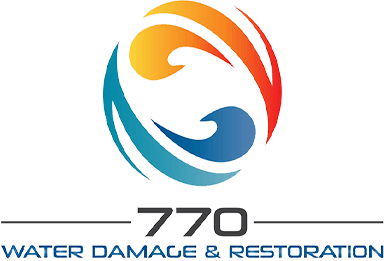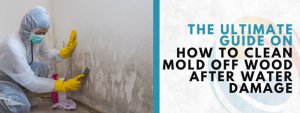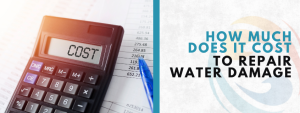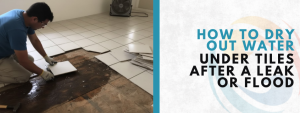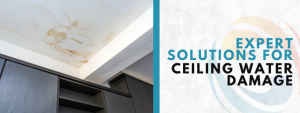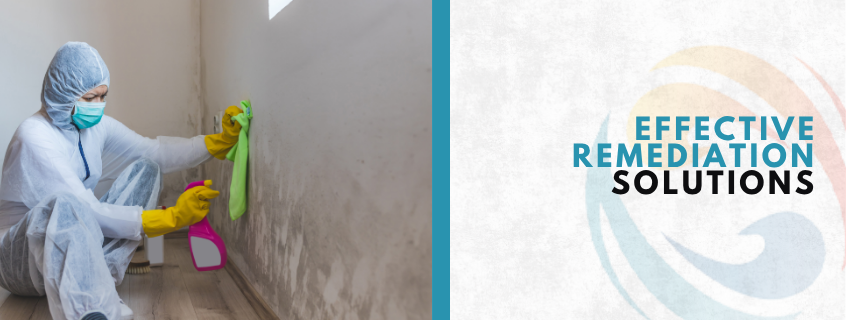
Picture this: you’ve just had mold cleaned out of your home. The air smells fresh again, the walls look clean, and you think the problem is solved for good. But then, weeks or months later, that sneaky mold returns like an uninvited guest. Why does this happen, and how can we stop it for good? The key is preventing mold recurrence using solid, proven remediation solutions. Let’s dive into this topic, breaking it down into simple, practical terms that anyone can understand.
Understanding Mold and Why It Keeps Coming Back
Understand that preventing mold recurrence requires vigilance and proactive measures. Mold is like a weed in your garden. If you don’t pull it out by the roots and fix what caused it to grow, it’ll just keep coming back. Many homeowners clean visible mold without addressing the moisture and humidity that let it thrive. This is why preventing mold recurrence is more than just scrubbing surfaces; it’s about fixing the underlying problems.
Here’s what happens:
- Mold spores are tiny and invisible. They float through the air, looking for a damp spot to land.
- Humidity and moisture give mold the perfect place to grow.
- Leaks, condensation, and poor ventilation create damp areas, especially in basements, bathrooms, and around windows.
To truly stop mold, you need to cut off its lifeline: moisture. And that’s where effective mold remediation comes in.
The Right Steps to Prevent Mold Recurrence
By taking steps towards preventing mold recurrence, you can ensure a healthier home. One of the most important aspects of preventing mold recurrence is addressing humidity levels.
Let’s go step-by-step through a mold prevention plan that works:
- Identify the source: Check for leaks under sinks, in the roof, around windows, and in the basement. Even small drips can lead to big problems over time.
- Fix moisture issues: Repair leaks immediately. Use a dehumidifier in damp areas like basements and laundry rooms.
- Improve airflow: Keep air moving with fans and open windows when weather allows. This helps dry out damp spots.
- Clean properly: Use products designed to kill mold, not just clean it. Bleach might seem like a quick fix, but it doesn’t penetrate porous surfaces where mold roots can hide.
- Monitor humidity levels: Aim for indoor humidity levels below 60%. You can use a simple hygrometer to check.
A little extra effort in these areas can go a long way in preventing mold recurrence and making sure it doesn’t sneak back into your home.
Effective Mold Remediation: What Professionals Do Differently
Professional mold remediation is more than wiping down walls and spraying chemicals. The experts know that preventing mold recurrence takes a full plan, including steps many homeowners might overlook. Here’s a breakdown:
| Remediation Step | Why It Matters |
| Containment | Prevents mold spores from spreading to other areas during cleanup. |
| HEPA filtration | Uses high-efficiency filters to remove airborne mold spores from the environment. |
| Removal of contaminated materials | Eliminates mold hidden inside walls, carpets, or insulation that can’t be seen. |
| Moisture control | Address leaks, humidity, and ventilation issues to remove the source of the mold. |
| Verification testing | Confirms that mold levels are back to normal and the space is safe to use again. |
Professional teams also use personal protective equipment (PPE) like masks, gloves, and coveralls to stay safe. They know how to handle mold-contaminated items without spreading spores throughout the house. For a reliable and thorough solution, reaching out to a trusted mold remediation expert is a smart move. Learn more about comprehensive restoration solutions here. Implementing these strategies will greatly assist in preventing mold recurrence.
Simple Tips for Homeowners to Stop Mold in Its Tracks
Professional services often emphasize the importance of preventing mold recurrence. Here are some simple things you can do to prevent mold recurrence in your home:
- Use exhaust fans in bathrooms and kitchens to remove moisture from the air.
- Dry wet areas right away, including spills, wet clothes, or condensation on windows.
- Inspect your home seasonally to catch problems early, especially after storms or heavy rain.
- Clean gutters and downspouts to direct water away from your home’s foundation.
- Store items in dry, ventilated spaces instead of damp basements or garages.
These simple actions create a home environment where mold has a hard time finding a place to grow. These simple actions are foundational for preventing mold recurrence.
How to Choose a Reliable Mold Remediation Company
If you decide to bring in a professional, here’s a simple list to help you choose the right one:
- Look for certified mold specialists with training and experience.
- Check for positive reviews and testimonials from previous clients.
- Ask if they offer written guarantees and follow-up testing.
- Find out if they use HEPA filtration systems and containment barriers.
- Make sure they handle both mold removal and moisture control.
For a trusted company with these qualities, check out this all-in-one mold remediation service here.
Staying Ahead of Mold Recurrence with Smart Prevention Strategies
For best results, be proactive about preventing mold recurrence. Now that you know the secrets to preventing mold recurrence, it’s time to put that knowledge into action. Here’s a checklist you can use to keep your home mold-free:
- Inspect plumbing and appliances for leaks.
- Use dehumidifiers in humid spaces.
- Install and use exhaust fans.
- Clean and dry areas immediately after water exposure.
- Keep gutters and drainage systems clear.
By following this mold prevention checklist, you’ll reduce the chances of mold returning, giving you peace of mind and a healthier home.
When to Call in the Experts
While regular cleaning and maintenance go a long way, there are times when professional help is absolutely necessary. If you notice persistent musty odors, visible mold patches, or unexplained health symptoms like allergies or respiratory issues, it may be a sign that mold has taken hold in hidden areas of your home. DIY methods often fail to fully eliminate mold, especially when it spreads inside walls, ceilings, or HVAC systems. That’s when calling certified specialists becomes essential. Professional services not only remove existing mold but also address the root causes, preventing mold recurrence and ensuring lasting results. For homeowners seeking reliable Mold Remediation Encino, expert technicians provide advanced tools, safe products, and proven strategies to restore your home to a healthier, safer living environment.
Top Mold Questions Answered: From Remediation Costs to Long-Term Prevention
Can mold come back after remediation?
Yes, mold can return after remediation if the underlying moisture issues aren’t addressed.
What is the difference between mold removal and mold remediation?
Mold removal eliminates visible mold on surfaces but is often temporary. Mold remediation goes further—identifying moisture sources, containing damage, removing contaminated materials, and adding preventive measures to stop future growth.
How can I prevent mold from coming back in my home?
Prevent mold by controlling humidity, fixing leaks promptly, improving ventilation, cleaning regularly, and using dehumidifiers. Professional remediation ensures long-term protection and prevents mold from returning.
When should I call a professional for mold issues?
You should call a professional if mold covers more than 10 square feet, returns after cleaning, causes health symptoms, or spreads into hidden areas like walls, ceilings, or HVAC systems.
What does the mold remediation process involve?
The mold remediation process includes identifying moisture sources, containing affected areas, removing contaminated materials, cleaning and sanitizing surfaces, using air filtration, and applying preventive measures to stop mold from recurring.
